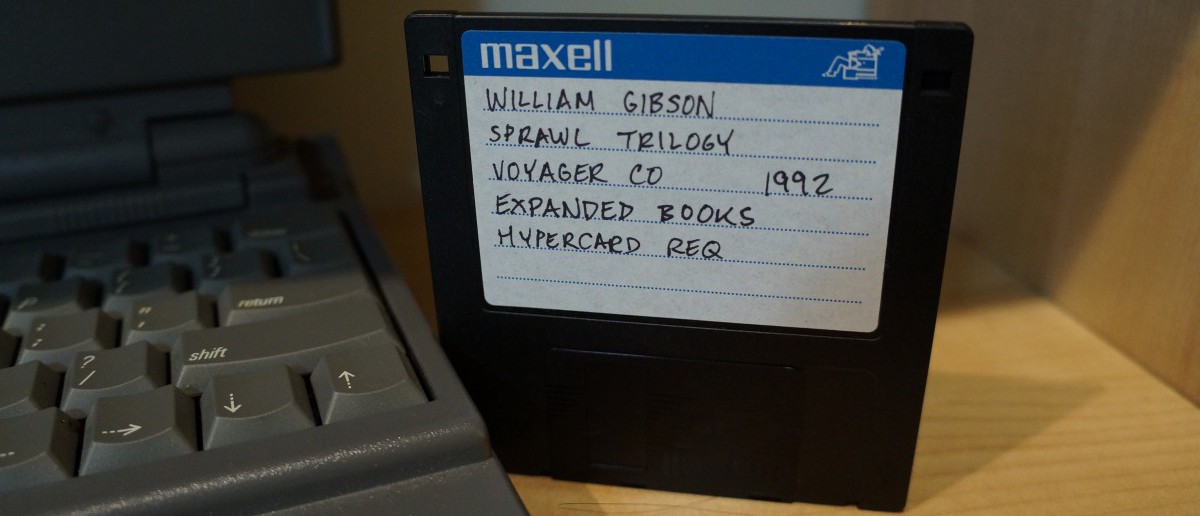During the first ten minutes of class, write a summary memo of your reading of Chapter 2 in Miller’s Digital Storytelling. Save your work on your own media and then copy-and-paste it into a comment to this blog post.
3 thoughts on “Reading: Miller’s Digital Storytelling, Chapter 2”
Leave a Reply
You must be logged in to post a comment.




To: Professor Ellis
Form: Pamela Drake
Subject: Digital Storytelling
Backwater to Mainstream: The Growth of Digital Entertainment
Summary of Chapter 2
Date: February 10, 2016
Chapter two of Digital Storytelling by Carolyn Handler Miller describes the worldwide availability of digital storytelling. Handler explains that digital storytelling came as a result of the invention of the computer. Later came the onset of the internet which allowed information to be send back and forth between each other. Handler explains that where it was once for the selected few—namely scientists and the military—it soon became accessible by a wider range of the population. Later came the development of laser discs, CD-ROMs, CDs, DVDs all used to further the ability to tell stories through interactive means. Referring to what Handler calls the “digital revolution”, Handler claims that devices such as Apple’s iPod and iPad, digital video recorders, DVRs, and cell phones have had a profound impact on the way entertainment has developed and where advertising dollars are spent. As a result, the economy and journalism have been considerably impacted globally. Young people, says Handler, have propelled the use of digital storytelling to the extent that it has expanded in size. Whether this trend will continue to grow is a question asked by Handler and only time has the answers.
To: Professor Ellis
From: Samantha
Date: 2/10/16
Subject: Chapter 2
In chapter two of Miller she goes into the primal stages and beginnings of storytelling. She touches upon the start of email as a norm and progress of making computers faster and more efficient. With the progression of computers, the internet (formerly ARPANET) people began developing games and other interactive forums for people to engage in. I remember some of these primal games that came with a computer, spacewar was my mothers favorite game to play on our mac. With the introduction of CD ROMS games began to get more sophistacted and incorporated new graphics and video play. This was evolutionary in sharing content and data and enabling users to play and use the CD ROM on multiple platforms. Following that of course was the DVD which had higher quality and functionality for users to be able to share movies and other video graphics.
In all the internet has proven to be a major if not key factor in sharing digital content, it has enabled people to create, share and interact with stories and games never before thought of. Apple has been a pioneer in doing this and continue to pave the way for users to tell digital stories.
To: Professor Jason Ellis
From: Mariah Rajah
Date: February, 10th, 2016
Re: Summary for Miller Chapter 2
Unlike Miller’s first chapter, the second one takes a totally different approach to explaining digital storytelling. Miller begins by explaining how computers and the internet ‘gave birth’ to a brand new form of narrative. The chapter covers a variety of interactive platforms such as CD-ROMS and DVD’s and how these various platforms changed the way we interact with a story. The chapter allows for great ah-ha moments such as, Miller explaining how new platforms such as TiVo has allows viewers to become freed. In a sense with these new platforms Miller is pinpointing that as an audience using TiVo or an iPod we choose the circumstances of how, when, and even where we interact with digital forms of storytelling. The chapter goes onto explain the ways in which digital storytelling has made its way into journalism, advertising, Hollywood, as well as language. The chapter is an overall insightful into looking about how digital storytelling has come to be.